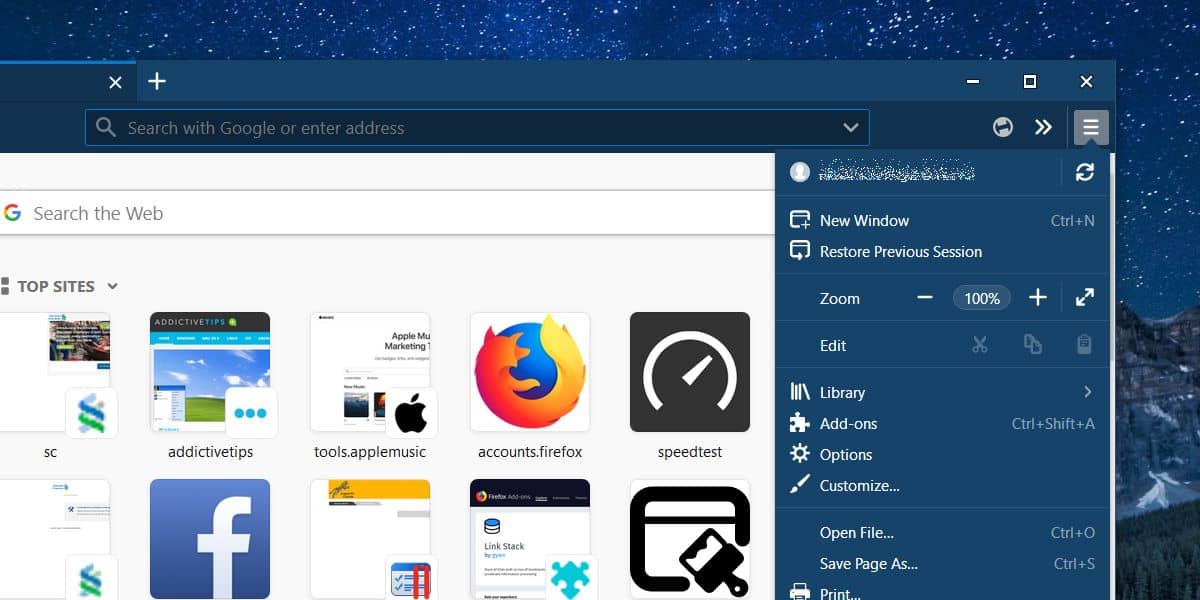
> Is it possible to have an “uninstallable extension”’ This entry was posted in Hacking by gerv.

If we added a private browsing pref, does “pref locking” still work, and could that be used? There are docs about it on the web, but no clear info as to whether it currently works and can be done in a non-defeatable manner.

Is it possible to have an “uninstallable extension”, under the same conditions (user account separation) as IE and Chrome have “unchangeable registry entries”? If so, that seems like it would provide parity with Chrome and IE. For Firefox, he just drops in a userChrome.css to hide the menu item, which is clearly suboptimal. Technically, Chrome and IE support this disabling using a registry option and, if your Windows computer is set up correctly with user accounts for each person, then this is an effective method, and it’s what William’s program uses. In other words, if you know the keyboard shortcut for private browsing in Firefox, it is still available. Note: While Incognito Gone completely removes the private browsing function from Google Chrome and Internet Explorer, in Mozilla Firefox only the option for private browsing is removed. William Wood has written a program, “Incognito Gone”, which turns off private browsing or the equivalent in Chrome, IE and Firefox.

However, I’m not really interested in having that discussion again – this post is about the best way to do it, not whether it’s a good idea.

So I think it should be possible to disable PBM. I support the right of parents to review what their children have been looking at, both morally in terms of my understanding of the way God has given parents authority over their children, and for the pragmatic reason that it’s likely that, with such an ability, they will give their children greater access to the web than they would otherwise have. This subject has been discussed before on this blog.


 0 kommentar(er)
0 kommentar(er)
